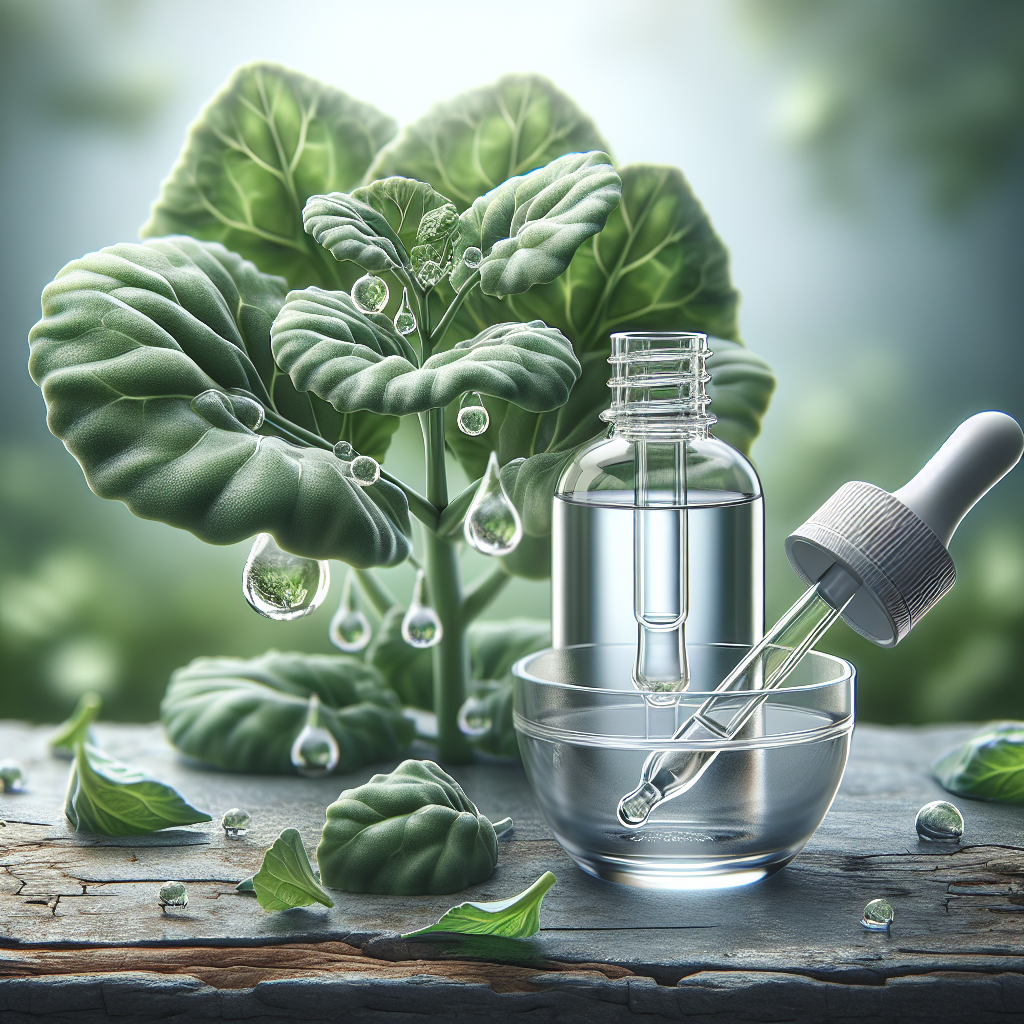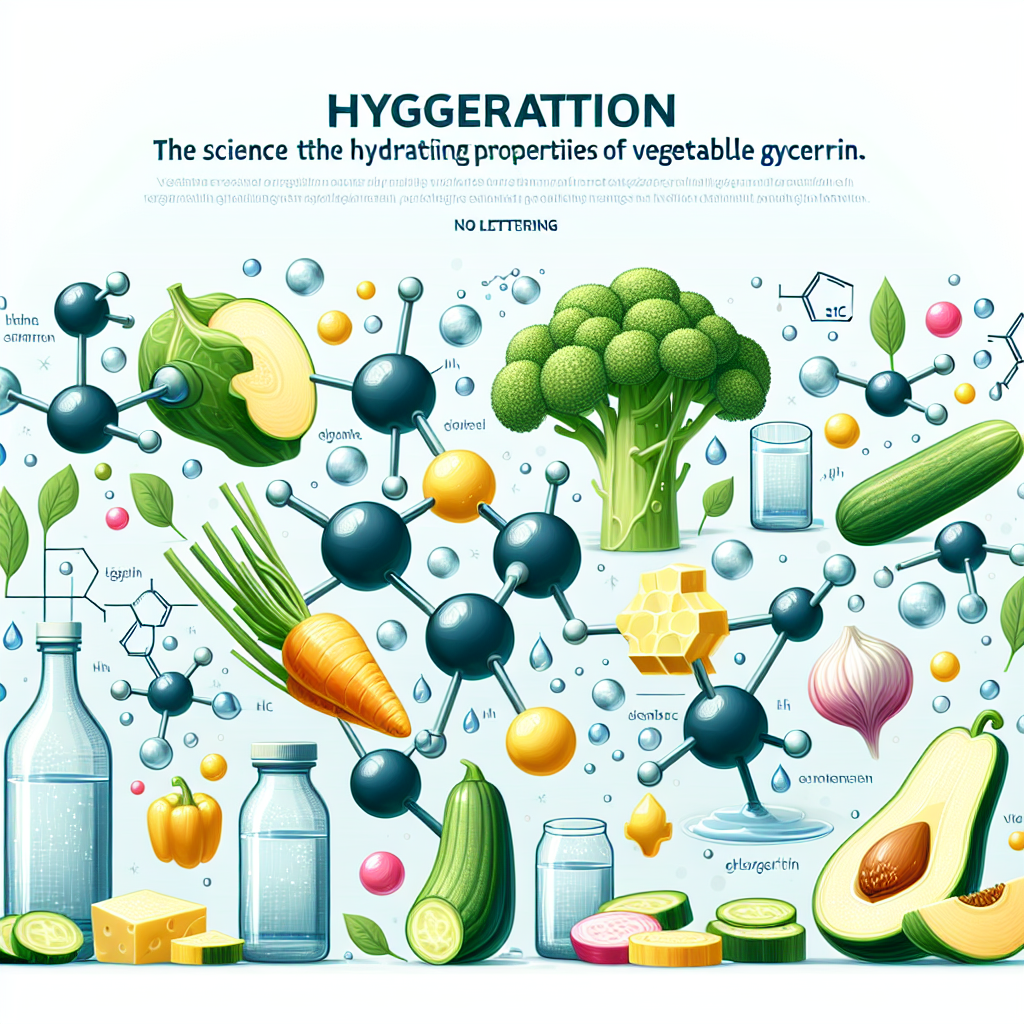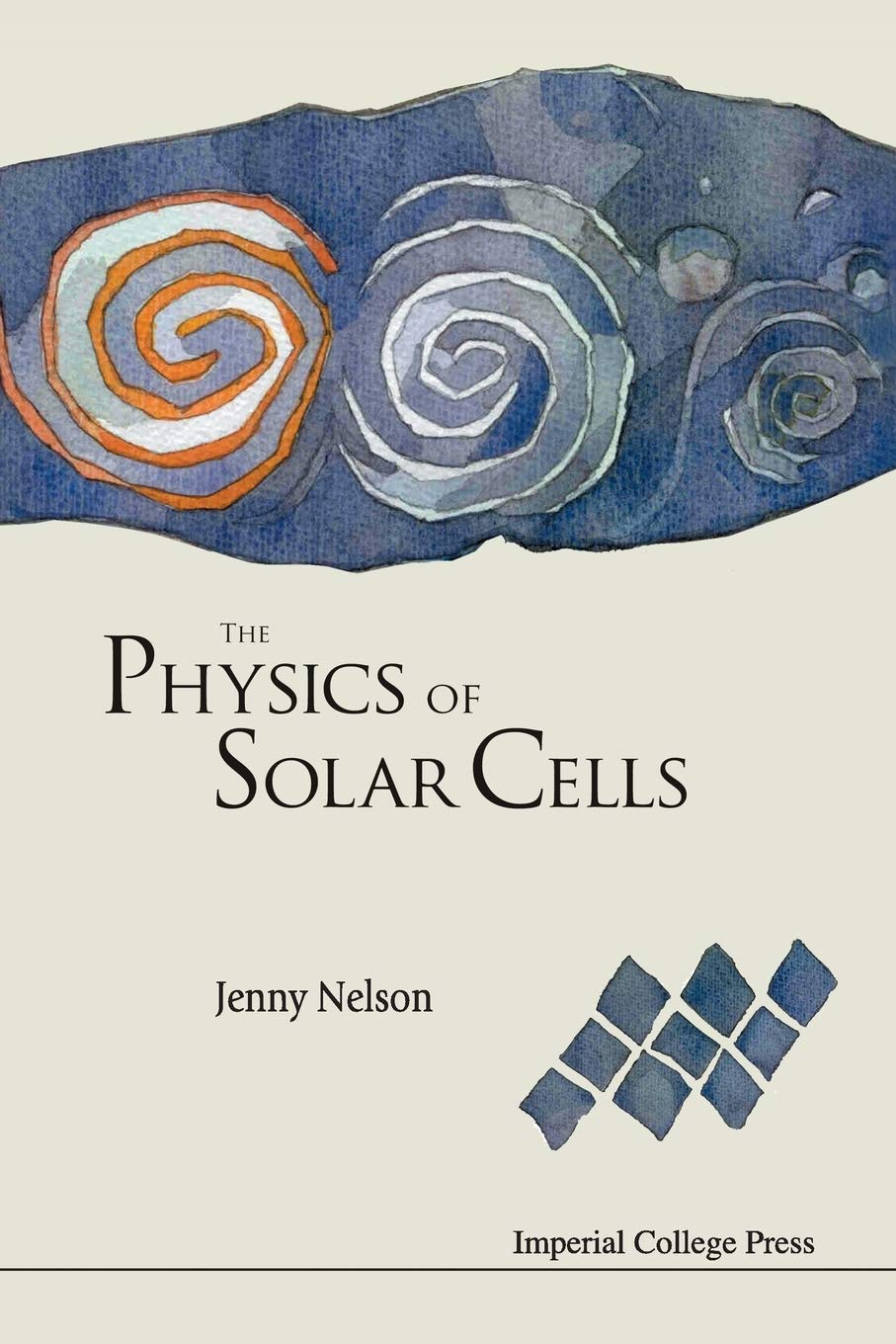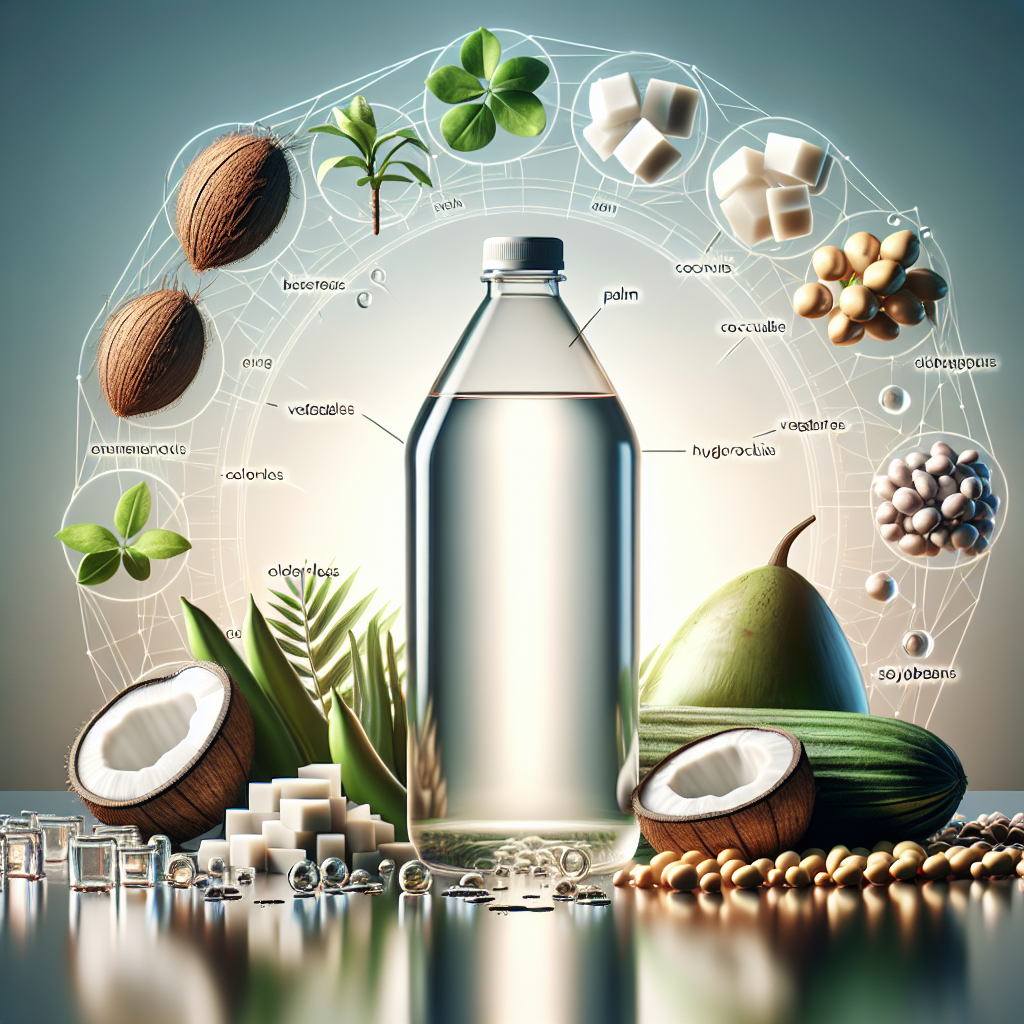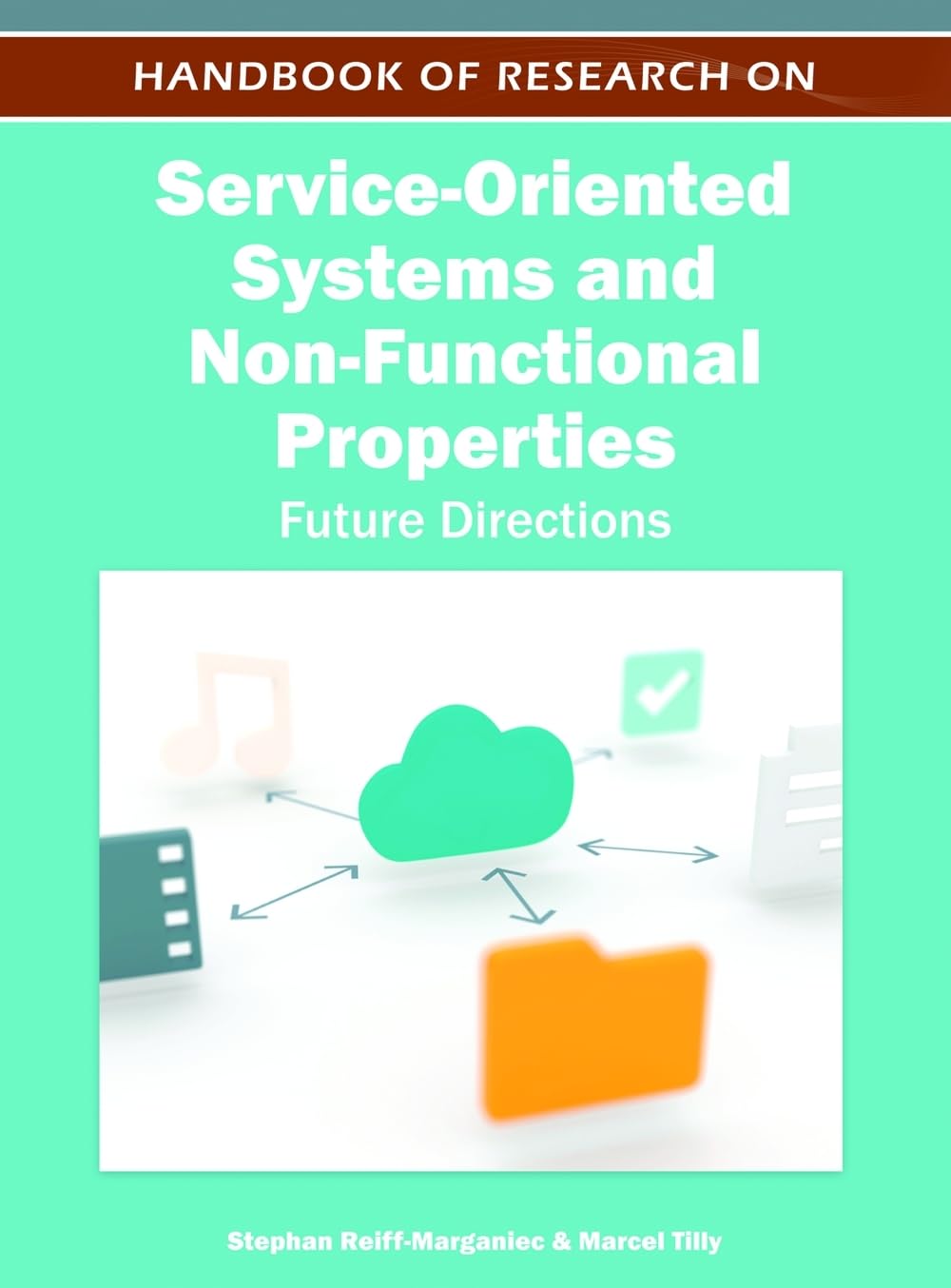Vegetable glycerin is a versatile and popular ingredient in the world of skincare and beauty products. It is a natural substance derived from vegetable oils, typically coconut, soy, or palm oil. Glycerin is a humectant, meaning it attracts moisture to the skin, making it a valuable ingredient in moisturizers, lotions, and other skincare products.
If you are new to the world of skincare and beauty products, understanding the properties and benefits of vegetable glycerin can be helpful in making informed choices about the products you use on your skin. Here is a beginner’s guide to vegetable glycerin and its properties.
1. Moisturizing properties: Vegetable glycerin is known for its moisturizing properties. It helps to hydrate the skin by attracting and retaining moisture, making it an ideal ingredient for dry or dehydrated skin. Glycerin creates a protective barrier on the skin, preventing moisture loss and keeping the skin soft and supple.
2. Soothing and calming: Vegetable glycerin has soothing and calming properties, making it a great ingredient for sensitive or irritated skin. It helps to reduce inflammation and redness, making it suitable for those with sensitive skin conditions like eczema or rosacea.
3. Non-comedogenic: Vegetable glycerin is non-comedogenic, meaning it does not clog pores. This makes it suitable for all skin types, including acne-prone skin. Glycerin helps to hydrate the skin without causing breakouts or exacerbating acne.
4. Anti-aging benefits: Vegetable glycerin has anti-aging benefits, helping to reduce the appearance of fine lines and wrinkles. It plumps up the skin, making it look firmer and more youthful. Glycerin also helps to improve the skin’s elasticity, keeping it looking smooth and radiant.
5. Versatile ingredient: Vegetable glycerin can be used in a variety of skincare products, including moisturizers, serums, cleansers, and masks. It can also be added to DIY skincare recipes to customize your skincare routine.
In conclusion, vegetable glycerin is a valuable and versatile ingredient in skincare products. Its moisturizing, soothing, and anti-aging properties make it a great choice for all skin types. Whether you have dry, sensitive, or acne-prone skin, glycerin can help to hydrate, calm, and rejuvenate your skin. Incorporating products with vegetable glycerin into your skincare routine can help you achieve healthy and radiant skin.
